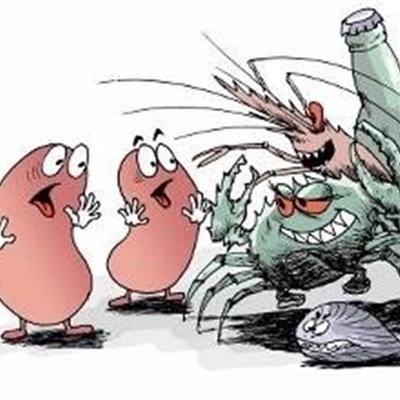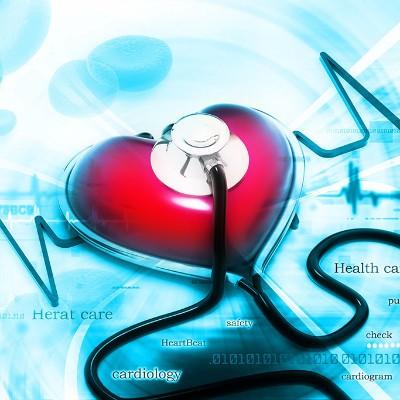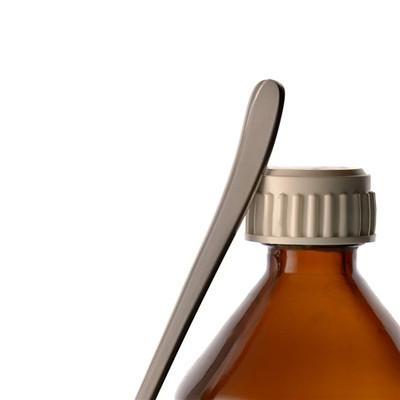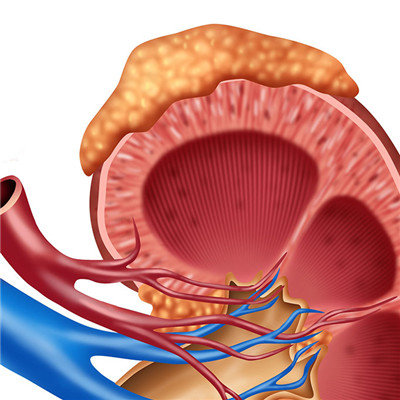Cerebral infarction and bleeding symptoms?
summary
Cerebral infarction and cerebral hemorrhage are cerebrovascular diseases, but they have essential differences. Let's understand what is cerebral infarction? What is cerebral hemorrhage? Cerebral infarction, also known as ischemic stroke, refers to the ischemic necrosis or softening of limited brain tissue caused by cerebral blood supply disorder, ischemia and hypoxia, which is developed from cerebral thrombosis and cerebral embolism. Intracerebral hemorrhage is a kind of disease caused by the rupture of cerebral blood vessels in the non traumatic brain parenchyma, blood seeping from the blood vessels and compressing the surrounding brain tissue, causing a series of symptoms. Cerebral infarction and bleeding symptoms? Let's talk about it.
Cerebral infarction and bleeding symptoms?
Cerebral infarction can be divided into arterial thrombotic infarction, cerebral embolism and lacunar infarction. The common causes are atherosclerosis and thrombosis. There are also emboli from other blood vessels (air, amniotic fluid, etc.) into the blood vessels, along the blood circulation into the cerebral vessels or other arteries supplying the brain tissue.

The most common cause of cerebral hemorrhage is hypertension combined with arteriosclerosis, which is closely related to hyperlipidemia, diabetes, drinking, smoking and other factors. Most of the patients with cerebral hemorrhage are in the emotional, forced circumstances of sudden onset, early mortality is very high, most of them will leave movement disorders, speech disorders and other sequelae.

The main symptoms of cerebral infarction are complex and closely related to the location and degree of the disease. Mild cases may be ignored because there are no significant symptoms, and some may turn into recurrent short-term limb paralysis or vertigo; Severe cases will have limb paralysis, and even acute coma death. The main manifestations of intracerebral hemorrhage are speech and movement disorders, vomiting, consciousness disorders, dizziness and headache. Headache is the first symptom. When intracranial pressure increases, pupil size may not be equal.

matters needing attention
The patients with cerebrovascular disease should establish the courage to fight against the disease, have regular daily life, slow daily activities, low salt and low-fat diet, light diet, drink more warm water, actively and correctly carry out rehabilitation training after the condition is stable, bedridden patients should keep clean and turn over frequently to prevent the occurrence of bedsore.













